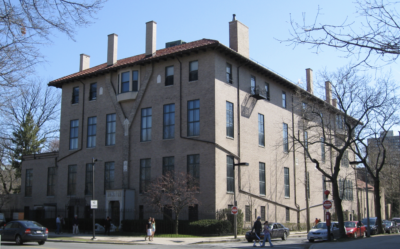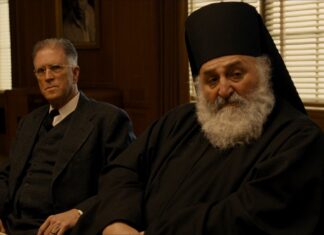BOSTON — It is not often one gets to talk to the star of a Netflix series, but Stephen Kurkjian is not a typical star. The veteran reporter is responsible for keeping alive the story of the Isabella Stewart Gardner Museum robbery in 1990 through his book, Master Thieves, which came out in 2015. Now, the story of the single largest art robbery in the world is told in the four-part Netflix series, “This Is a Robbery.”
Very late on the night of March 18, 1990, two men, dressed as Boston Police officers, knocked on the door of the museum, where a night watchman, against protocol, opened the door. One of the thieves entered and said, “Gentlemen, this is a robbery,” putting into motion a crime that has yet to be solved.
The thieves tied up the two guards on duty and walked out with 13 items. Especially hard hit was the Dutch Masters’ section, including “The Concert” by Jan Vermeer and Rembrandt’s only seascape, “Storm on the Sea of Galilee.” Also stolen were five sketches by Edgar Degas and an Eduard Manet portrait.
The stolen works are priceless and precisely because of their fame, unsellable on the market. Thus, it was hoped at the time, that the crime would be solved. Yet, 31 years later, the authorities are no closer to solving the case, and the frames remain empty on the walls of the Gardner.

Isabella Stewart Gardner Museum
The Gardner is a venerable Boston institution and the second largest privately-owned museum in the country. The building is a replica of a Venetian palazzo, almost matching in beauty the art it contains, collected by the museum’s namesake, one of the city’s original grandees. Gardner opened the museum at the turn of the last century in order to house her vast and eclectic collection of art so that everyone could enjoy them.













